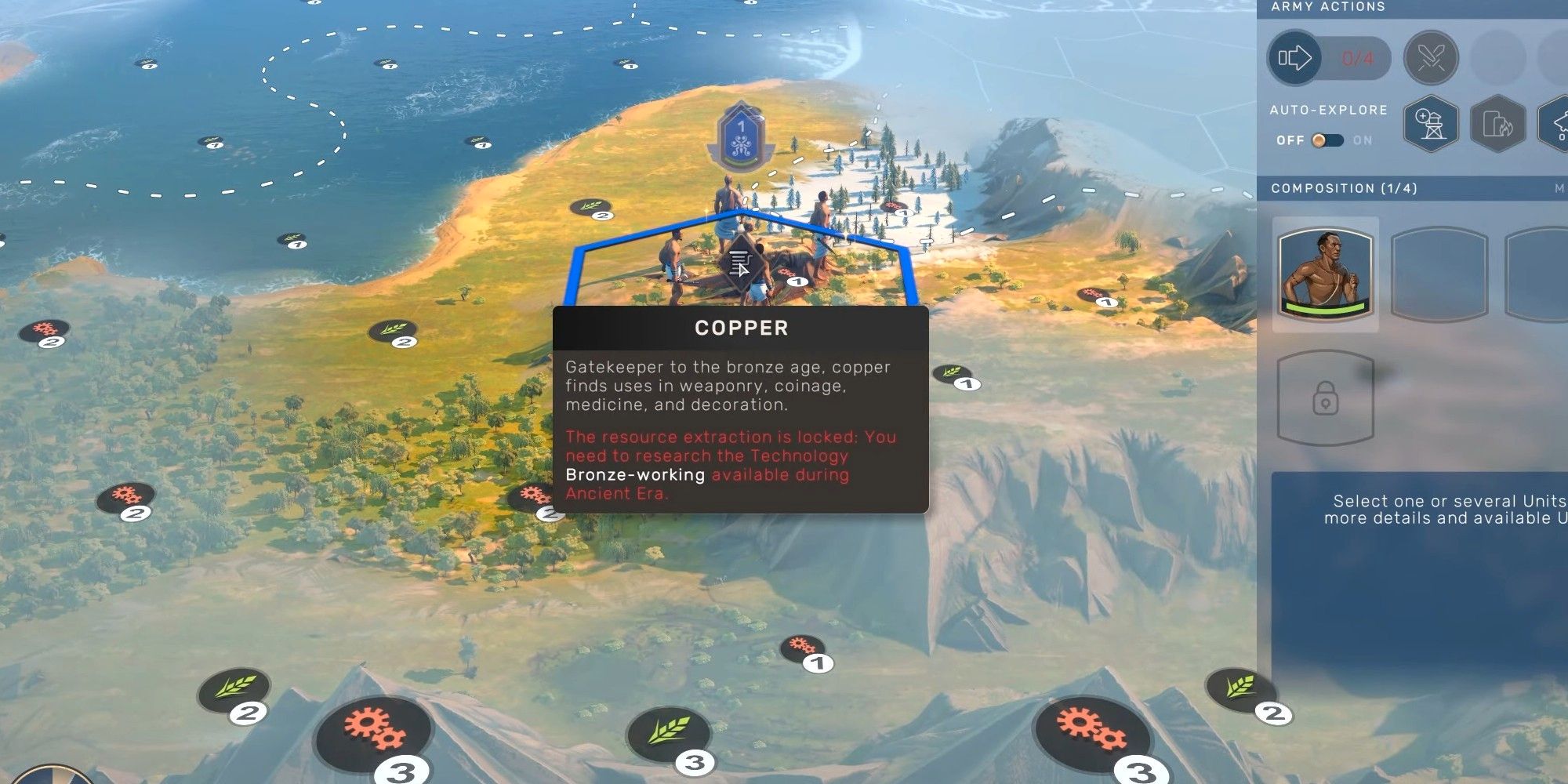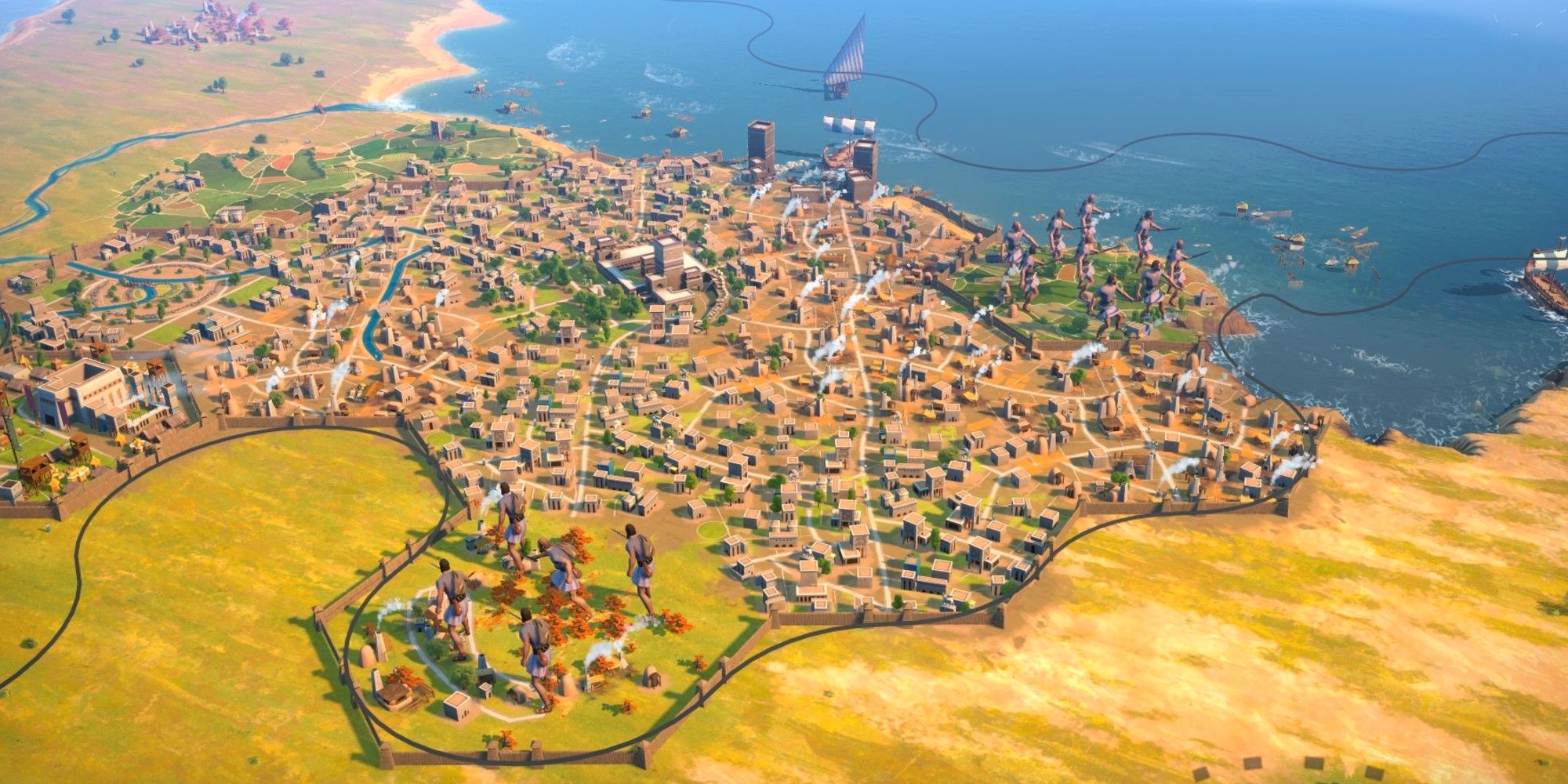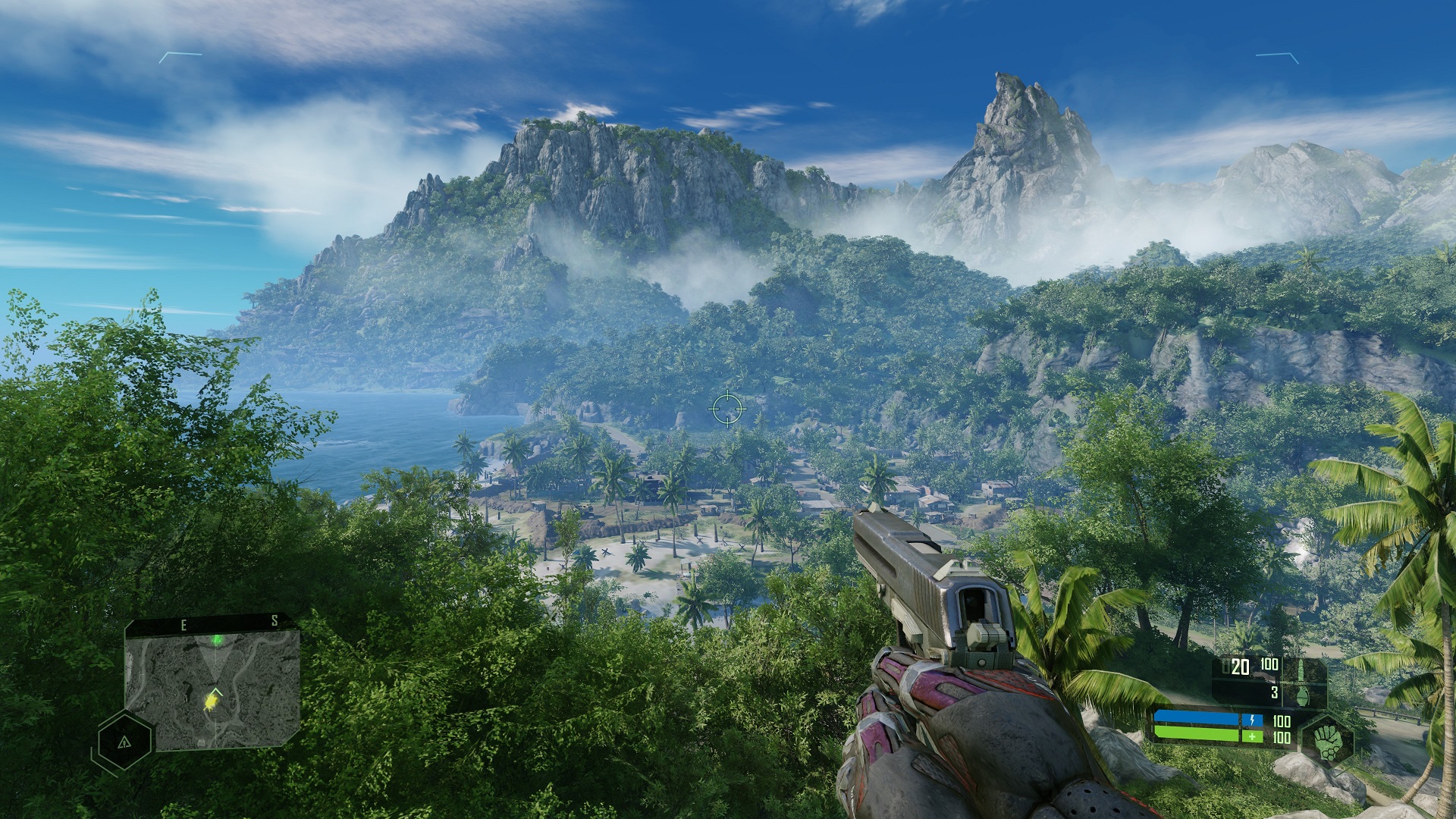
Quick Links
- How To Build A City In Humankind
- How To Turn Your Outpost Into A City
- How To Attach Outposts To Your City
- How To Micromanage Your City
- How To Manage Your City's Districts
Cities are the source of all your resources, military power, and Influence. They gather luxury resources, build Emblematic buildings from each culture, and are generally one of the most important factors when it comes to beating Humankind at a hard difficulty level.
RELATED: Humankind; Beginner Tips
This guide covers everything you need to know about managing a powerful city. From your first steps of establishing an Outpost to min-maxing your population in the late game, running a city is a pretty complicated business. Here's our succinct guide with your most-asked questions.
How To Build A City In Humankind

You start with nothing in Humankind. Not even a pile of sticks. You need to send your lonely Tribe out into the wild to hunt animals and collect Curiosities, before establishing your first Outpost.
Here are the spots you should look out for:
- Rivers! Rivers are strong in Humankind, from the Ancient Era right up to the Contemporary. There are multiple techs and buildings that boost both Industry and Food on Rivers.
- Production is also key. Your Outpost will build as quickly as it can with the Industry on its tile, so if you place your first Outpost on a tile with only three production it could take nine or ten turns.
- Height and fortifications come into play later on, especially in higher-difficulty games. If you can find somewhere tucked away on a hill, go for it.
- As a rough sort of guide, you want to opt for somewhere with at least five or six of both Food and Production. More is obviously better, but that's a good baseline.
- Always keep an eye out for Resources, too! Copper and Horses are important in the early game to build special units.
How To Turn Your Outpost Into A City

Your first Outpost can evolve into a City for free. Be careful with which Outpost you choose, because every other Outpost after the first one will cost Influence. Each Outpost costs more influence to Evolve, and the further you are from your first city the more expensive it gets.
Pick a good spot for your Capital city. However, you can change this later if you want to.
How To Attach Outposts To Your City

Humankind is unique in its city-merging and Outpost-attaching mechanics. You can connect an Outpost with an adjacent City for Influence.
- Two or three attached Outposts is probably a good number, just to keep your actual Cities producing and controlling an area.
- Try to balance both Industry and Food with your Outpost expansions. An Outpost with loads of Industry won't need Food if another Outpost is providing it.
- Connecting an Outpost will reduce your city's Stability, so keep that in mind before spamming out connections.
How To Micromanage Your City

You can mix and match your Workers in each city. There are workers for Food, Industry, Money, and Science. These are based on the Districts you build. Farms provide Food Workers, Maker's Quarters provide Industry workers, etc.
- You can move your workers around from each section to boost that production in your city.
- This can be easily changed by checking out the dropdown menu options, like pushing your city to build for Growth.
Stability
Rather than any kind of happiness system, there is a blanket term for the contentment of your city called "Stability."
- Stability is reduced by the number of attached Outposts and a variety of other factors, like Influence, Religion, general unrest due to World Events, and later in the game, Pollution.
- Your Society choices will also impact city Stability. Steering your City towards either end of the Ideology Spectrum will reduce Stability as a trade-off for extra Influence or Gold, for example.
- Once unlocked, both Common's Quarters and Garrisons can be used to boost Stability in cities. Certain cultures also provide Stability boosts as part of their unique bonuses.
- World Wonders also provide a flat boost to Stability.
How To Manage Your City's Districts

Your city is formed by its districts. There are lots of different options, like Markets, Farms, Maker's Quarters, and unique Emblematic buildings that can be placed based on your Culture.
- Districts heavily boost each other. Placing down Markets close to Luxury Resources, for example, gives you extra Gold.
- There are multiple techs and buildings throughout the game that will get bonuses based on the adjacent Districts. These can be huge bonuses, not stuff that should be ignored.
- You won't really know exactly what your cities will be relying on due to the ever-changing culture system, but it's a good idea to leave gaps here and there to fill with better buildings later on.
- Planning, even in a game as complex as Humankind, is something that you will learn as you play through the different cultures.
How To Manage Pollution In Your Cities
This isn't a problem until at least the Industrial era, but Pollution can totally ruin your empire, and even force the game to a quick end.
- Planting Forests reduces Pollution by -10. This is the simplest way to manage your Pollution output.
- Certain techs, like Renewable Energy or Hydroelectric Dams, can provide the sort of industry you're looking for without the cost of high pollution.
- Beware of city infrastructure buildings that add pollution to all Maker's Quarters, for example. This can cause a massive spike in Pollution that you might not be ready to handle.
NEXT: Humankind: The Best Cultures For Each Era


